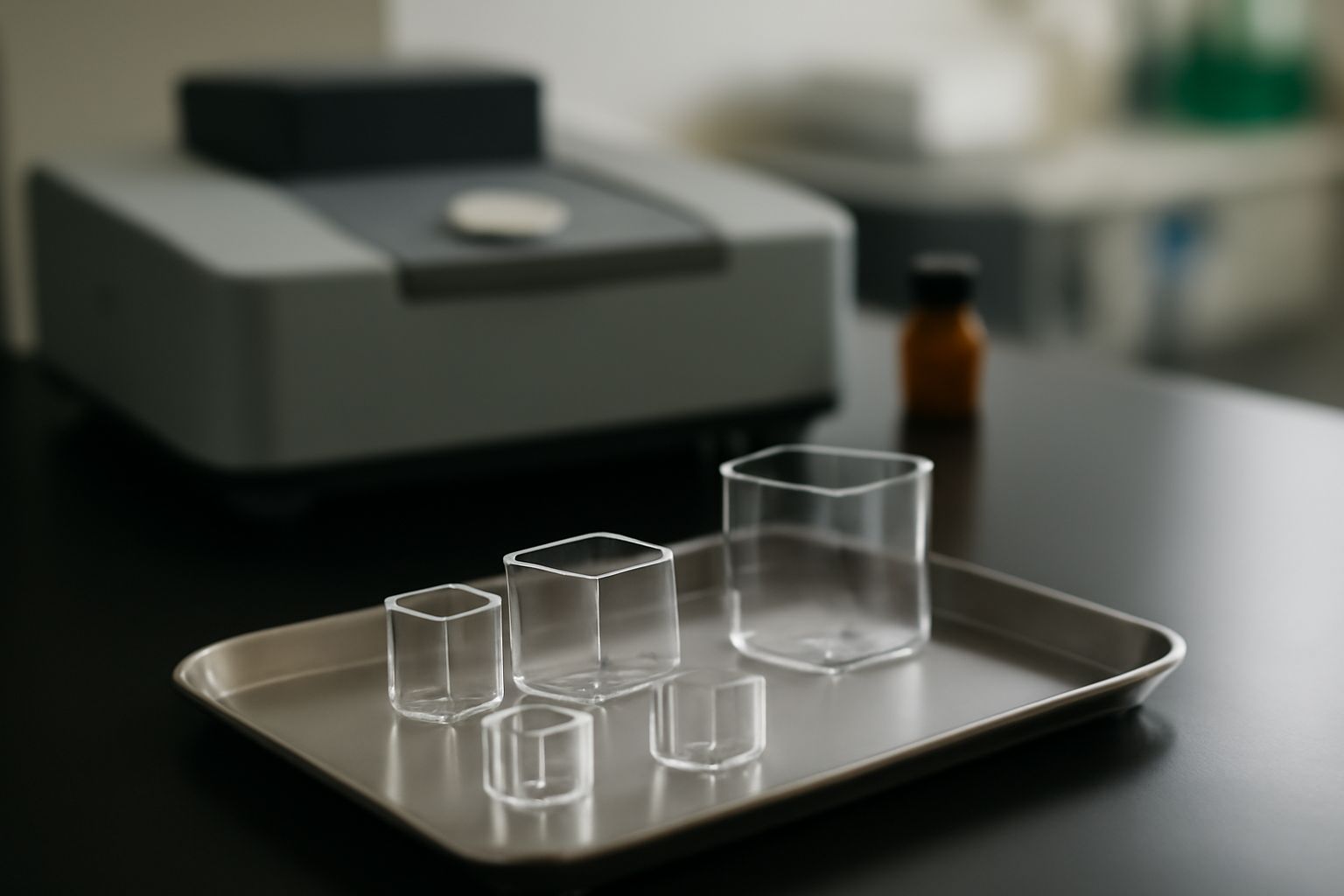Your cart is empty.
shop now
Your cart is empty.
shop now
The wrong crucible can ruin test results and waste lab budgets. Careful choices protect your experiments and keep every batch of data reliable.
When purchasing precision thermal analysis crucibles for laboratories, review material compatibility, cost, equipment fit, and supplier reliability. This keeps tests accurate and helps laboratory investments last longer.

I work closely with lab staff and procurement teams who want confidence in every order. Over the years, I have seen how good preparation stops expensive mistakes. Knowing exactly what to compare before buying crucibles makes projects smoother and test results more trustworthy from day one.
If the material is not right, test results suffer and equipment could get damaged. Careful material selection makes each run safe and dependable.
Pick your crucible material based on your sample type, required temperature, and possible chemical reactions. Match material strengths to your specific lab work.
| Material | Main Advantage | Common Use |
|---|---|---|
| High-Purity Aluminum | Good heat transfer and low price | Routine DSC and TGA for organics and polymers |
| Platinum | High resistance to heat and chemicals | Oxidation studies, specialty chemical testing |
| Ceramic | Stable in very high heat, no reactivity | Inorganic, glass, and battery samples |
| Sapphire | Low thermal noise, stable at high temperature | Precision DSC and optical tests |
Based on my experience, most labs choose aluminum for regular tests but need platinum or ceramics for extreme conditions. Reviewing thermal analysis references and checking with experts help avoid costly mismatches. For rare or reactive samples, always confirm suitability before ordering in bulk.
Crucible price varies by type and use. Choosing the right balance of cost and value keeps labs on budget without risking test quality.
Low-cost options work for routine tasks. Higher-cost crucibles may be a better choice for labs requiring special performance or frequent tests with harsh samples.
| Crucible Type | Average Unit Cost (USD) | Strong Point | Main Limitation |
|---|---|---|---|
| Aluminum | 1 – 3 | Low price, easy to source | Limited to moderate heat, reacts with acids |
| Platinum | 60 – 150 | Top durability and performance | High upfront investment |
| Ceramic | 8 – 25 | Withstands strongest heat | Can break from thermal shock |
| Sapphire | 25 – 80 | Ultra-clean, very stable | Highest cost among disposables |
I advise clients to watch for hidden costs like shipping, import tax, and minimum order requirements. Checking prices on supplier sites like Cole-Parmer and linking to common lab needs helps build a useful budget. Invest in costly crucibles only for research that demands top accuracy or for tests not possible with cheaper materials. All price data updated from 2023-2024 supplier catalogs.
Poor compatibility can lead to more breakdowns, wasted samples, and repeat work. Always match crucibles to the laboratory instrument in use.
Review the dimensions, fitting style, and approved brands with every equipment purchase. Only buy crucibles tested and listed for your machine model.
| Instrument Brand | Key Compatibility Feature | Procurement Advice |
|---|---|---|
| NETZSCH | Exact pan size and shape required | Follow model number for ordering |
| Mettler Toledo | Proprietary sealing or locking | Check with manufacturer’s reference |
| Shimadzu | Material specs and OEM codes | Select tested third-party options if available |
| TA Instruments | Batch certification may be needed | Request documentation for audit trail |
Instrument manuals and official websites, such as laboratory equipment guides, are helpful for comparison. From my procurement work, I see labs minimize downtime when they standardize one supplier for each setup. Ordering ahead of time and using only approved brands protects warranty terms and keeps tests repeatable.
When the supply chain breaks or quality drops, all results can fall into question. Sourcing well saves time and builds trust with every experiment run.
Source crucibles from reliable and verified suppliers. Make sure they offer clear technical documentation, traceable batches, and responsive service for quick replacement if needed.
| Practice | Why It Matters | Advice |
|---|---|---|
| Ask for Certifications | Ensures performance claims are real | Request batch numbers and purity docs |
| Compare Reviews | Find issues other labs face | Check lab forums or supplier ratings |
| Audit Supply Chain | Reduce risk of fake or low-purity products | Work with suppliers who share sourcing info |
| Secure After-Sale Support | Fixes issues with fast replacement or support | Choose suppliers with 24h response |
My advice includes building up a list of two to three main sources, testing a small batch, and then negotiating long-term deals for routine supply. Sources like procurement best practice articles confirm this reduces cost over time. In leading labs, strong processes for approval, documentation, and feedback keep the quality supply chain active and dependable.
Conclusion
Careful crucible selection and sourcing keep lab results accurate, protect equipment, and help researchers work efficiently without supply chain surprises.